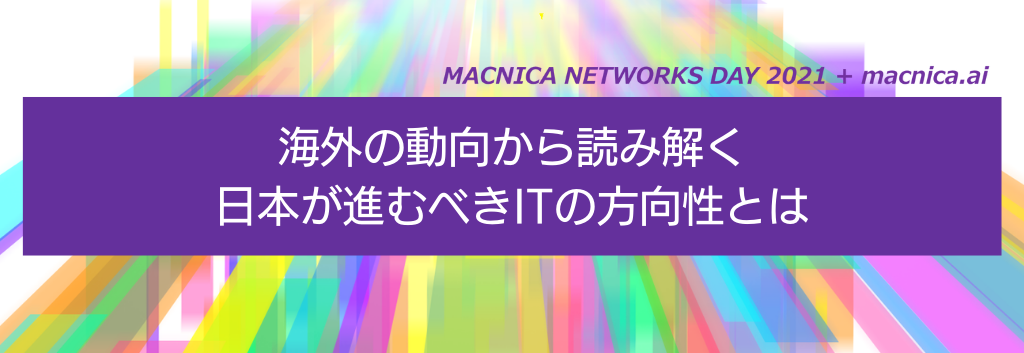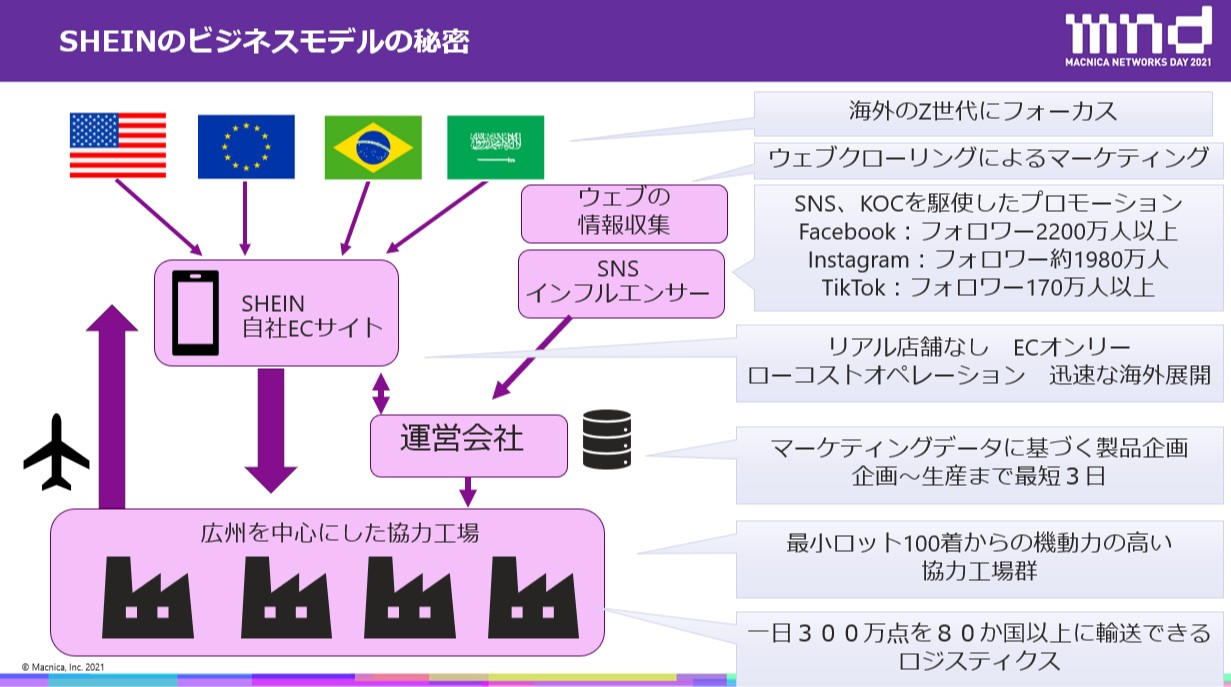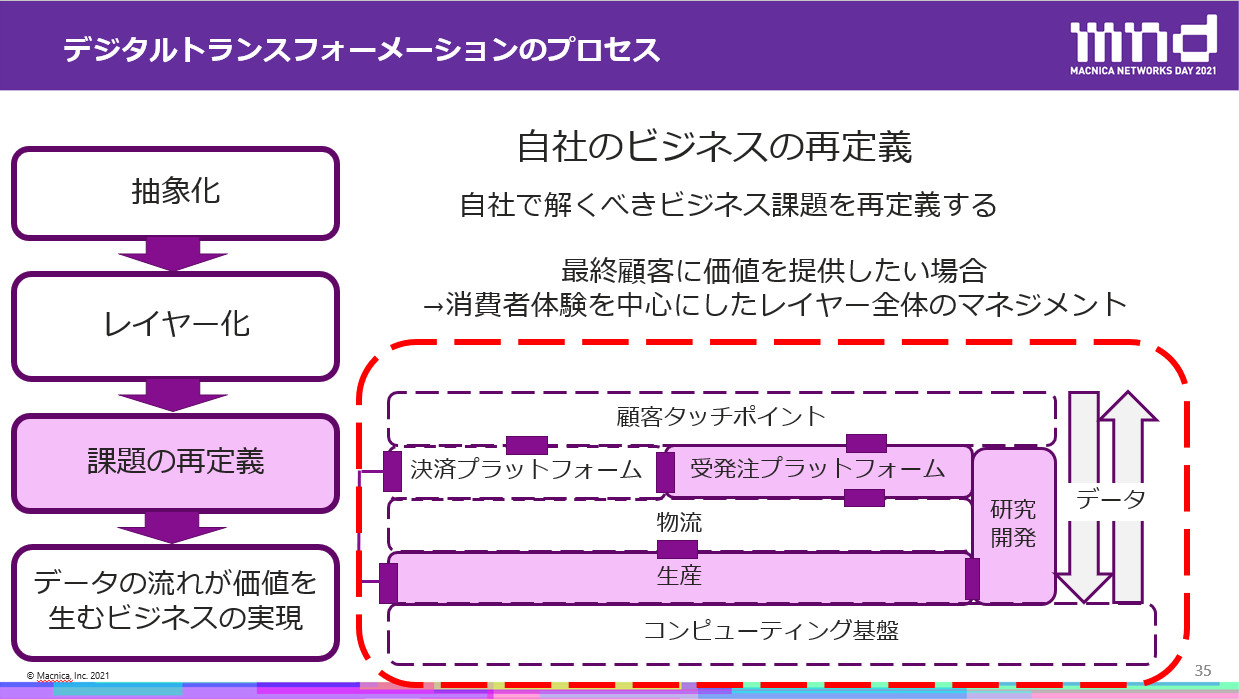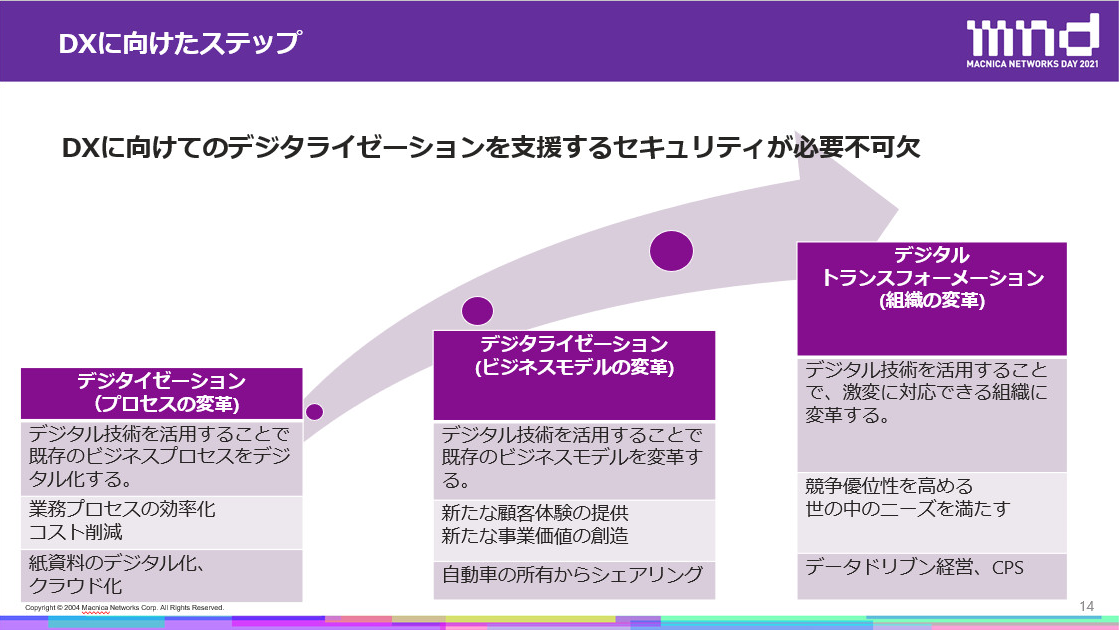
It goes without saying that Japan lags behind the rest of the world in the spread of IT and technology. In response to the COVID-19, many countries are promoting digital transformation (DX) through digitization. How should Japan proceed with DX and security enhancement? Here, we will introduce the current location of overseas DX and security, as well as approach Japan's IT issues and their solutions.
U.S. DX Case to Overcome the Pandemic
The United States is a well-known IT powerhouse. The progress of DX in companies is also far ahead of Japan. So how can Japan's technology use catch up with the rest of the world? From here, we will look for hints from overseas IT trends.
First, let's talk about the current state of DX in the United States. In the United States, we are actively working on DX even with the restrictions due to the pandemic of the COVID-19. For example, Ava's Downtown Market and Deli, a supermarket in Mountain View, California, introduced delivery robots in response to the spread of the COVID-19. Even now, it seems that there are about 60 orders a week. According to the store owner, the store is often asked by Silicon Valley startups to test new technologies.

Delivery robot introduced at a supermarket
In addition, cookie sales by Girl Scouts, which are popular in the U.S., have been carried out using drones to deliver cookies to homes, in addition to multi-channel sales such as websites and mobile apps that have been used so far. .
The city of San Jose, California, formed a pandemic response team and established a virtual emergency response center. In addition, staff were provided with laptops and tablets, transitioned to telework, and the city council also switched to Zoom. In addition, the use of PCs was promoted by providing thousands of laptops through the cooperation of companies for children who could not afford the laptops needed for online classes.
In this way, DX has created a number of successful cases in the United States. DX has become integral to the competitiveness and success of companies, and that will not change.
The important point of IT introduction is "Time to Value"
One of the elements to consider when introducing new technologies and solutions is "Time to Value (TTV)." This is the time it takes for a customer to use a product or service and get value from it. The value here is "the value that the user expects from the service".
For example, when you buy a banana, you buy it, peel it, eat it, and you get value immediately. On the other hand, security systems using cameras and other devices can take days or weeks to purchase, install, and start monitoring. In addition, the real value that customers expect is obtained when evidence of the theft is left behind or when the incident is prevented, so the TTV will inevitably be longer.
For corporate IT systems, the TTV is several months to a year if it is an on-premises system. The problem with using SaaS is that the scope of customization is narrow, but the TTV is much shorter. This TTV is an important point when considering IT introduction.
China grows significantly even under restrictions imposed by US-China friction
Next, I would like to talk about the IT situation in China, which continues to make great strides in the IT field. New regulations have been added to Chinese high-tech companies almost every year since the year before last due to trade friction between the United States and China. However, Huawei, for example, has posted increases in sales and profits, and we expect the effects of the regulations to become apparent in the future. On the other hand, the Chinese government announced a policy called "innovation-driven development" at the National People's Congress (National Supreme Assembly) in March 2021. For the independence and self-reliance of science and technology, it is aiming for a "digital China" by increasing the research and development expenses of society as a whole to 7% or more annually.
In the private sector, investment in startups in China is booming, reaching approximately 814.5 billion yuan (12 trillion yen in Japanese yen) in 2020. China's countermeasures against the COVID-19 are also being led by mega IT companies, utilizing vast amounts of data, and the public and private sectors are working together to quickly implement AI-based solutions.
世界を股にかける「越境EC」が飛躍的に成長
China is now entering an era of digital industrial transformation. For example, the trend in the retail industry is "D2C (Direct to Consumer)", which is a mechanism for receiving orders through the company's own EC without going through a wholesaler. "C2M (Consumer to Manufacturer)", which has further advanced D2C, and made-to-order manufacturing on our own EC are also emerging.
Especially recently, attention has been focused on the cross-border apparel EC “SHEIN” for the Z generation. A feature of SHEIN is that it grasps trends through data analysis, carries out everything from planning to production in as little as three days, and promotes through SNS and KOC (Key Opinion Consumer).

Conducting transactions with countries around the world through Internet shopping sites
The three structures of "communication layer platform", "business operation layer platform" and "physical layer platform" can maximize the value of data. The essence of the digitization of industry in China is the abstraction, layering, and platforming of functions.
Promoting industrial DX with leapfrog
The United States and China are strong in the digital world of software, modules, and systems, while Japan is said to excel in the analog world of hardware, coordination, tacit knowledge, and craftsmanship.
With deep learning, digital is eating away at analog, so Japan needs to get ahead of the curve. Instead of imitating the Chinese environment, it is important to realize a business where the flow of data creates value through abstraction, layering, and redefinition of issues.

Promoting DX requires “redefining issues”
The number of security-related unicorn companies is increasing
In addition to promoting DX, we must also consider strengthening security to support it. Especially now, as the cloud shift affected by the COVID-19 has progressed, investment is gathering in companies that provide cloud security. What I would like to focus on is overseas “unicorn companies”. This refers to unlisted start-ups with a market capitalization of $1 billion or more.
Cybersecurity companies that have gone public or acquired unicorns include CrowdStrike, Cylance, Darktrace, FireEye, and SentinelOne. These are a genre dedicated to detection and response called XDR.
Among the cloud shifts, the use of SaaS is rapidly increasing, and many incidents have occurred along with it. For this reason, Adatpive Shield, which provides SSPM that automatically checks settings, detects risky settings, and presents impact and improvement methods without reading a huge SaaS manual, is attracting attention. You can prevent information leaks caused by setting mistakes, which have been increasing recently.
Security is essential for API development and operation
API security is also one of the hottest genres. API is a mechanism for linking applications and software, and it is said that API communication accounts for 83% of web traffic. There are many APIs such as login authentication, communication, and payment, but many companies have stopped with conventional measures for API security, and new security is required.
Currently, there are SAST, DAST, and IAST for API development and operation, WAF for detecting fraud when using external APIs, and API Gateway for authentication and encryption. Companies such as 42Crunch, CloudVector, and Salts Security, which provide these services, are receiving significant investment, as a DevSecOps perspective will be necessary in the future. In addition, there are movements such as financial BaaS and governmental GaaS, so API security will be attracting more and more attention.
What is the front line of security that supports DX?
Collecting and utilizing data is essential for the promotion of DX, but security measures are also indispensable because there is sensitive data. In particular, personal information has a high potential for creating new services and leading to business transformation. DataSecOps will become even more important to leverage data while preserving privacy. And the "democratization of data" that allows anyone to handle it is also attracting attention.
The importance of security is increasing, such as security services that trigger data-driven management, security services that protect AI, and encryption security in the quantum computer era. First of all, we will introduce cloud security and API security to protect new work styles and environments, and security that protects DataSecOps and AI with a view to DX in five years, and security that will respond to the quantum computer era in ten years. You will be asked to think.

Security must be considered at each step of DX promotion
At Macnica group, we not only support the latest trends overseas, but also support the promotion of DX in domestic companies. Please feel free to contact us.
▼E-mail magazine registration
